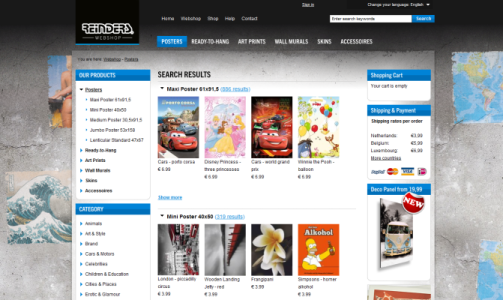The road to a fully encapsulated layered business model
History
About 20 years ago, during the time that I was working on my bachelor, I came in contact with a small company selling wall decorations. They had a need for some simple software, so I wrote a MSAccess application for them. During the years they grew and so did their software requirements, which resulted in a major overhaul about 10 years later when the whole code base was moved to Java 1.2 on top of an Informix database (back then considered a real competitor of Oracle’s RDBMS). The best way to access the database was using JDBC, so that was the approach that was chosen. Persistency frameworks were still immature (SDO) or expensive (Oracle’s Toplink).
The whole JDBC-combined-with-Swing did not work really well, partially because I had not figured Swing out when setting up the application’s architecture, but also because Swing uses objects and I had resultsets. Jumping forward another 5 years or so and persistency frameworks finally became an affordable foundation, so it was time to slowly migrate the code base over to Toplink (which soon was renamed to Eclipselink). Using Eclipselink made my Swing life that much easier, more than I expected, but also introduced new challenges.

Up until then, using JDBC in the 10 years old style, business logic was spread throughout the application screens. Initially this was a nuisance, but it could be dealt with. But soon, because of the growth of the company, it became a problem; there were additional interfaces required on top of the database for EDIFACT, website, webshop, email data exchange and support of mobile devices. The whole thing had grown into a full-fledged ERP and all these interfaces needed to make sure business rules were followed; it became clear that another approach was needed. (more…)
